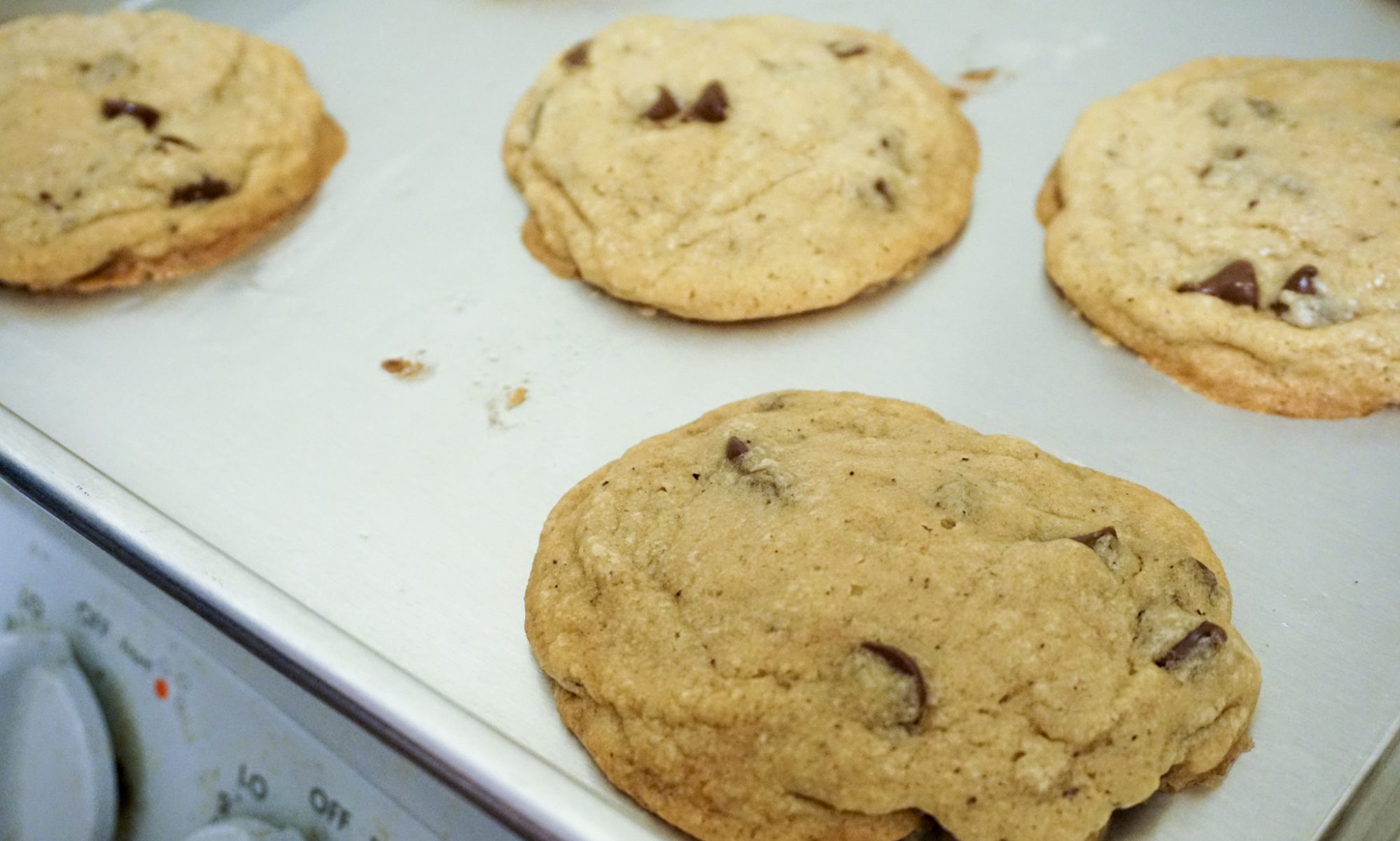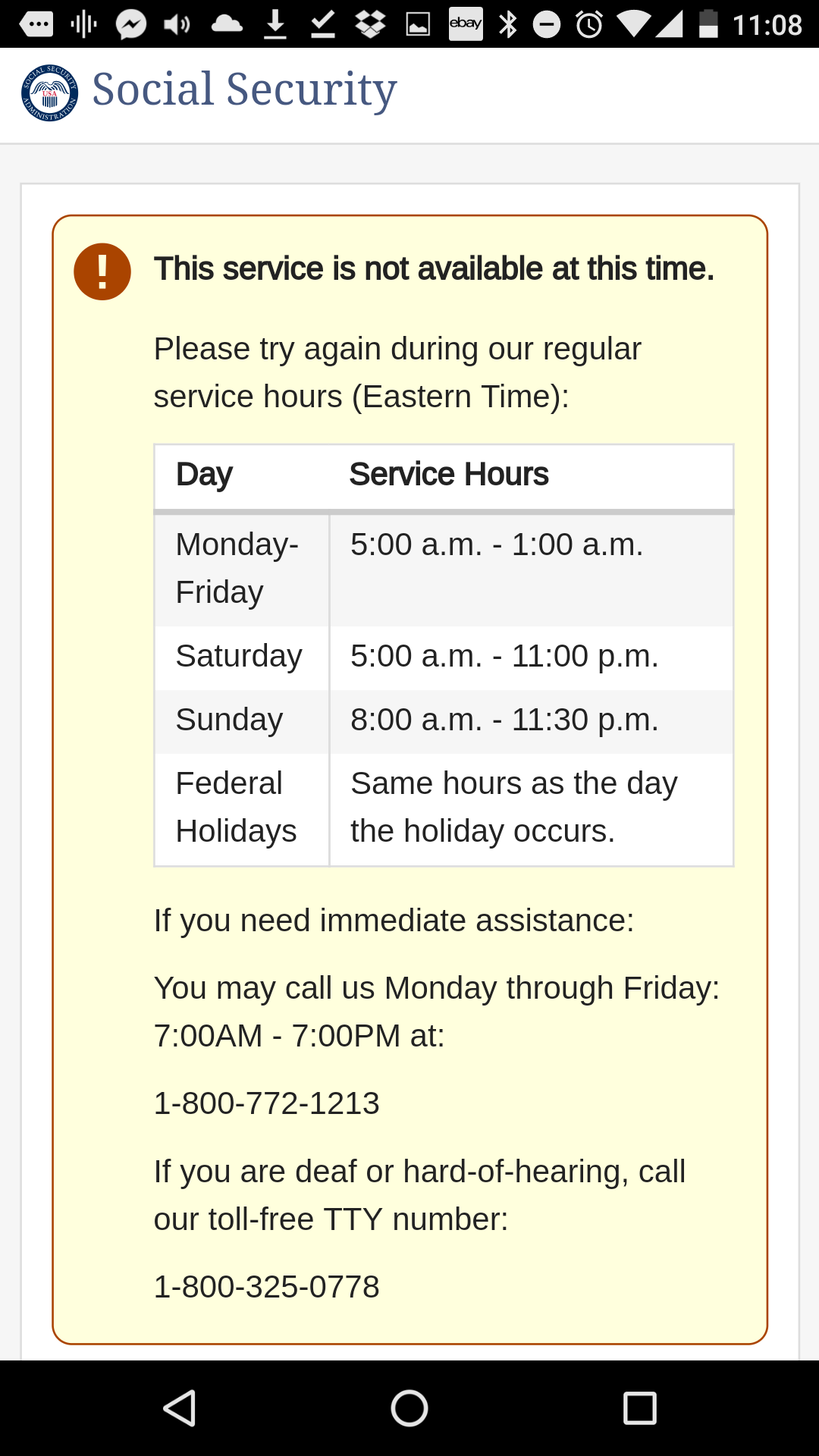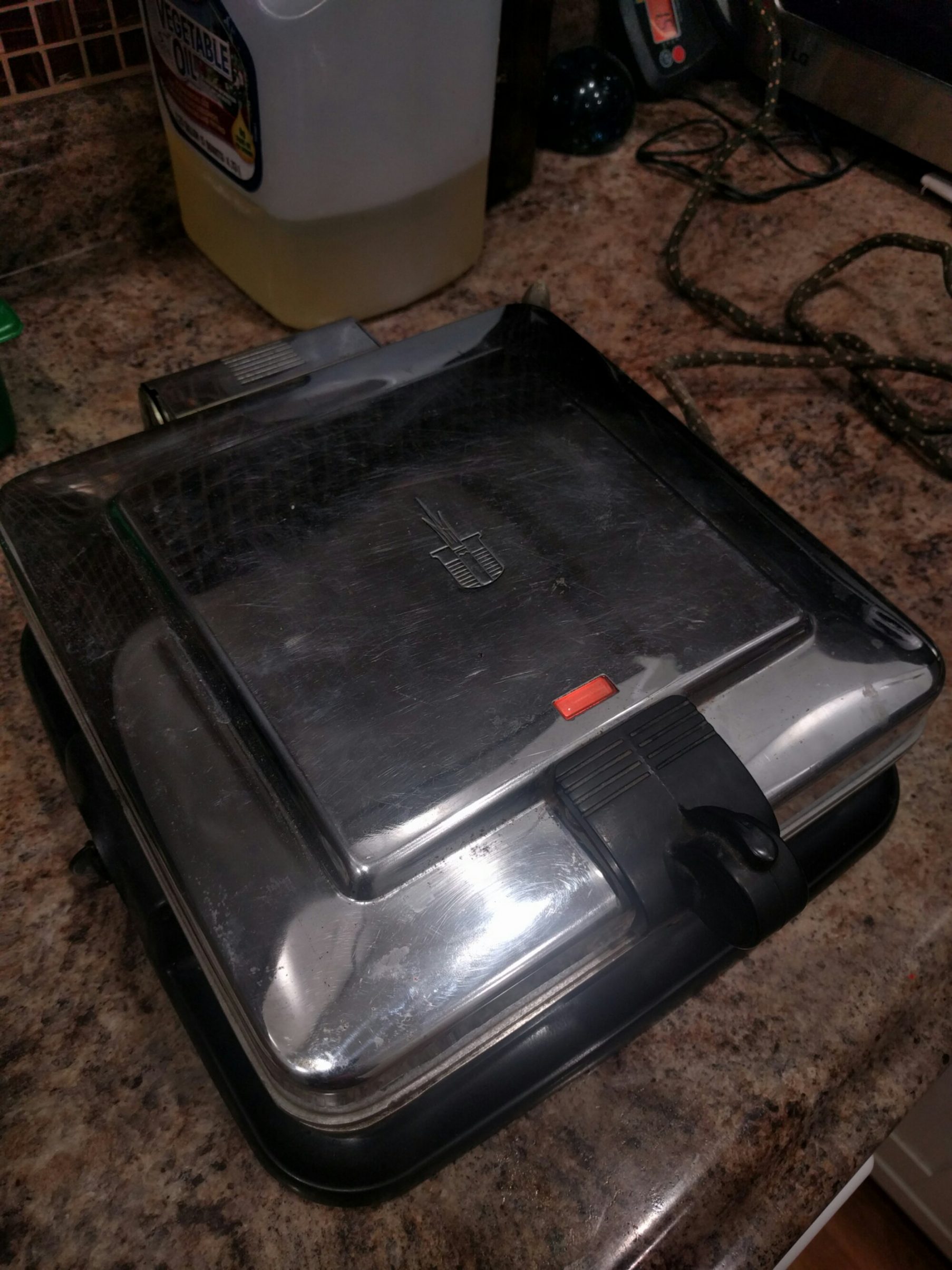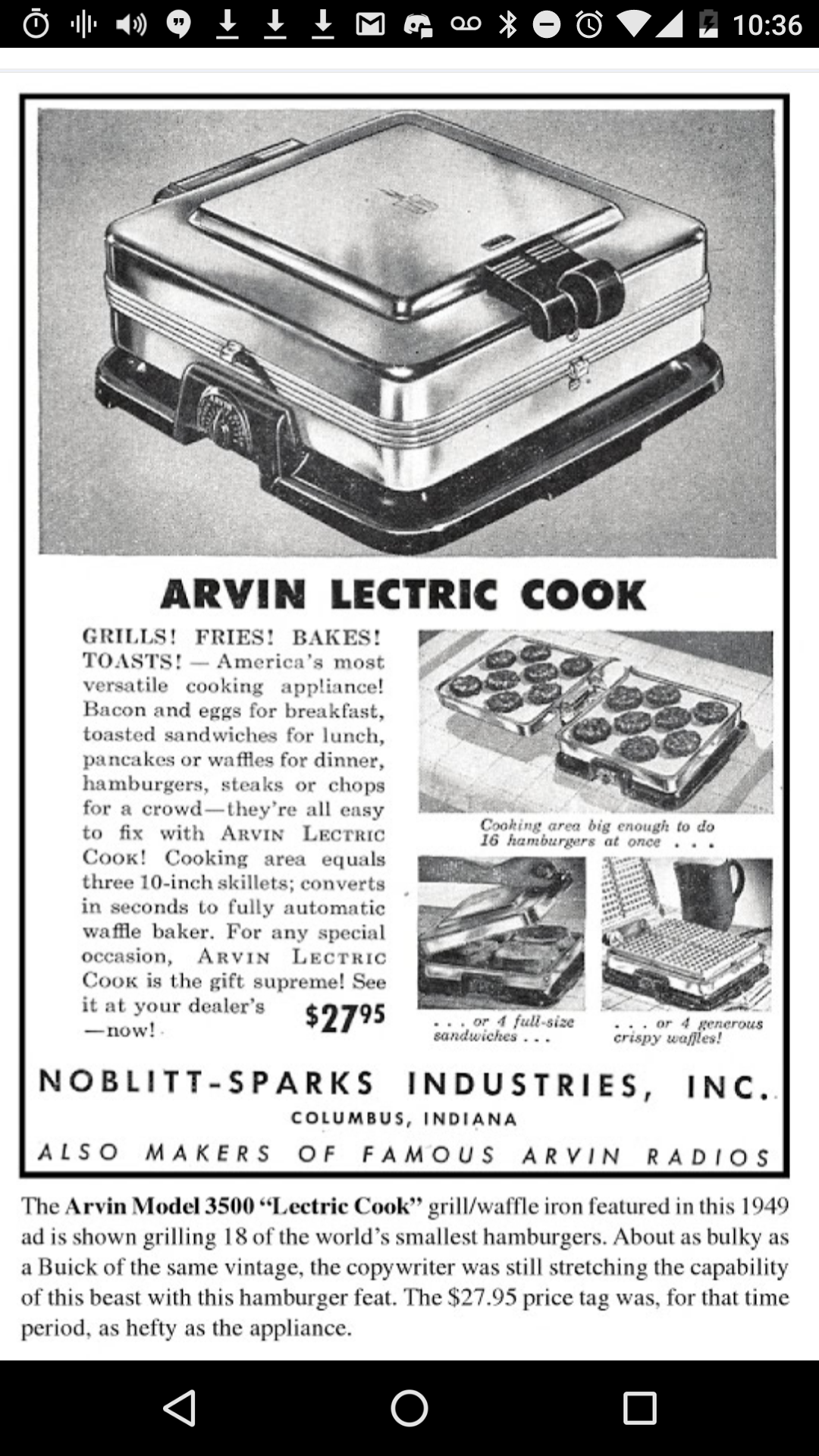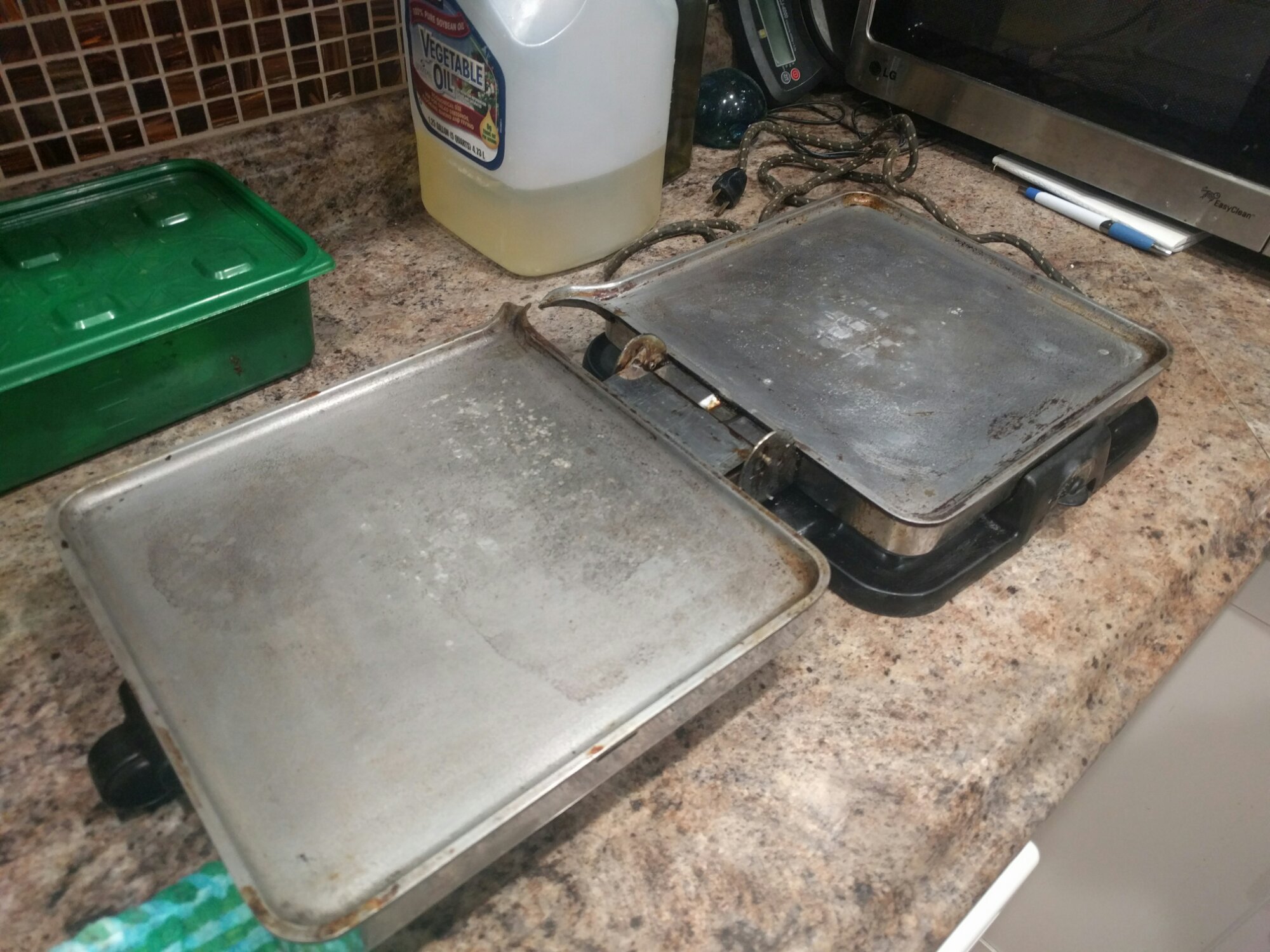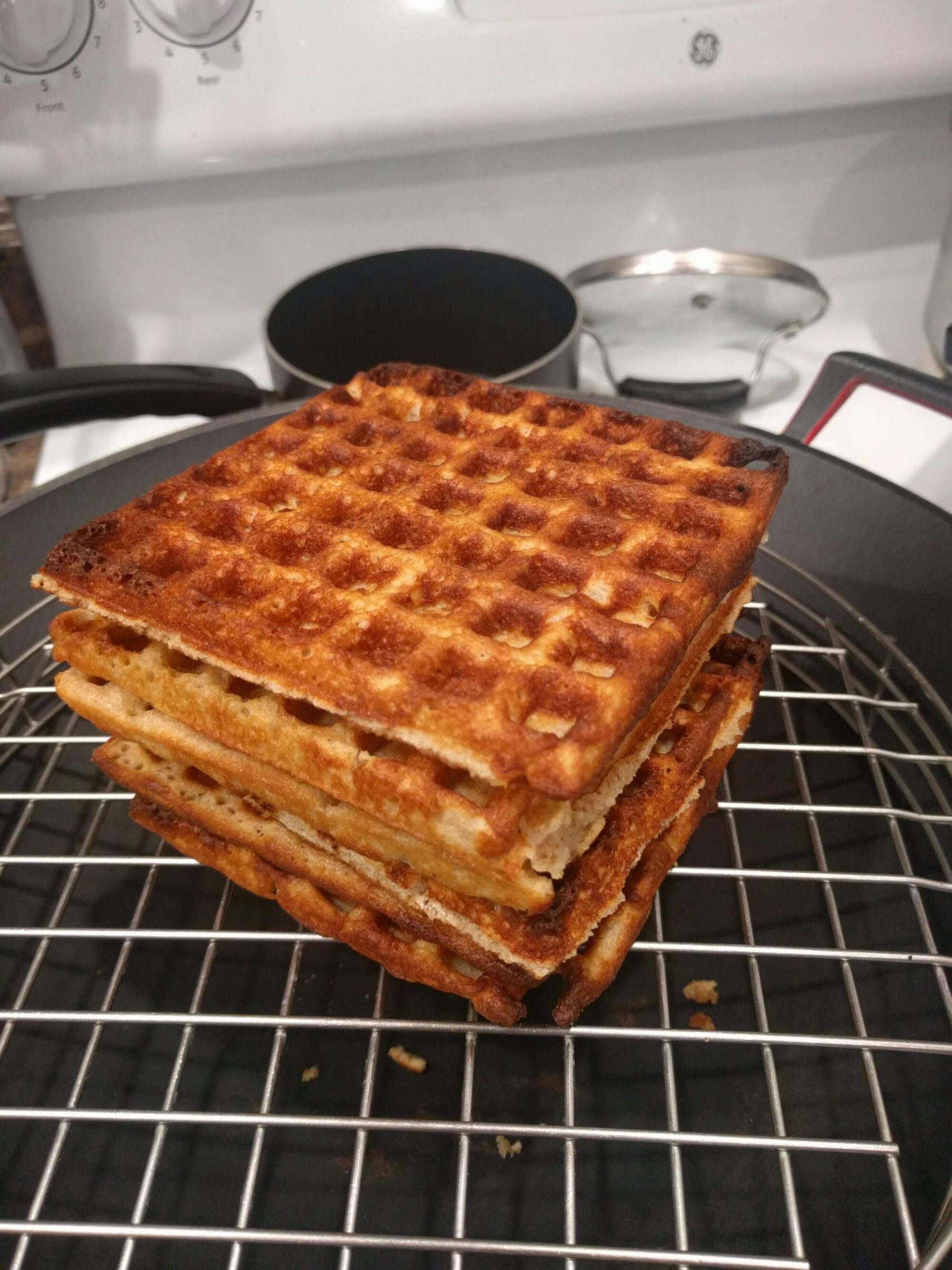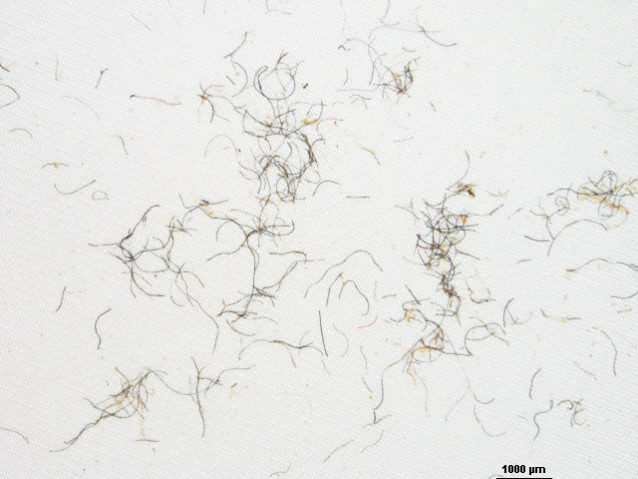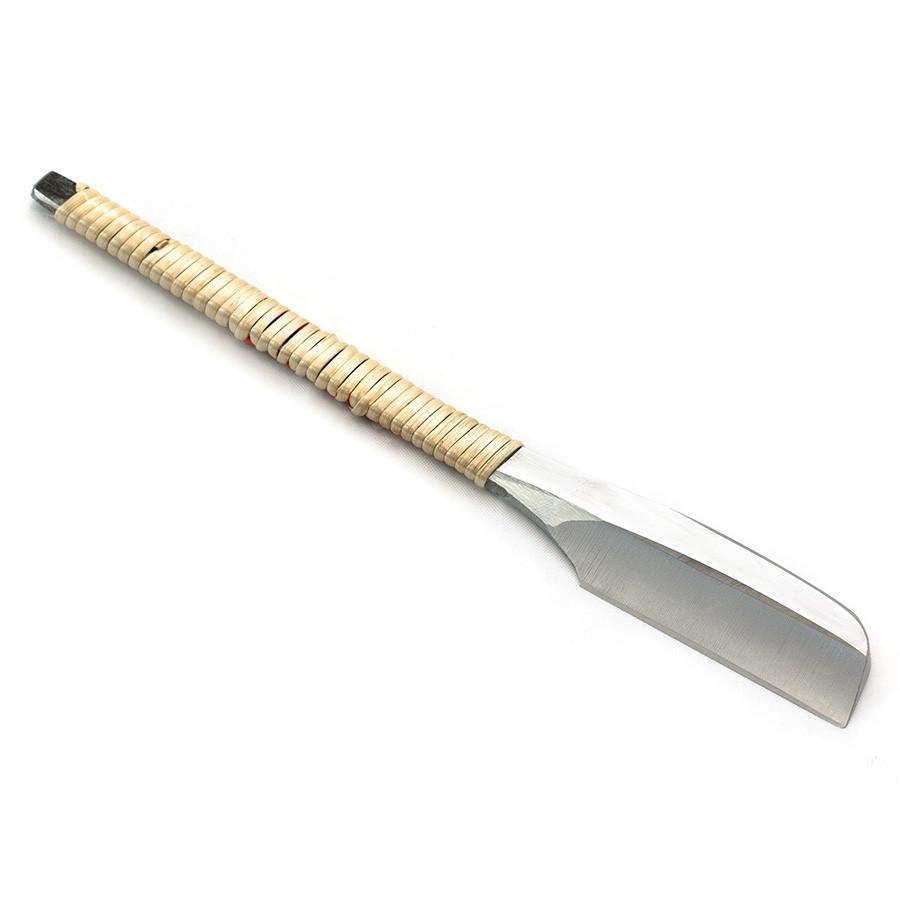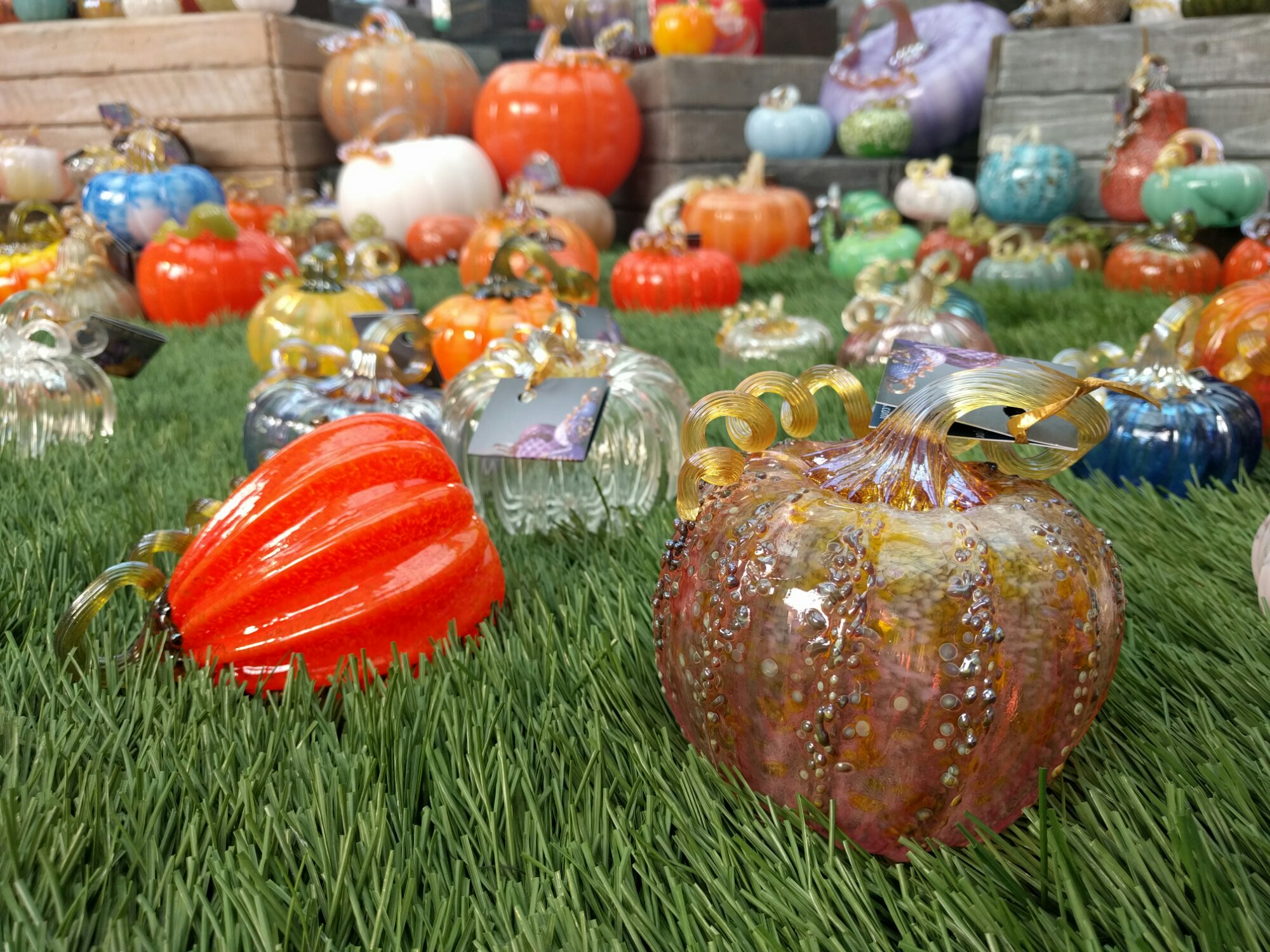Neither J nor I really drinks alcohol. We use it, in the form of mirin and sake, for cooking. So I’ve been thinking of trying to make sake. A similar process is used to make rice vinegar.
Generally speaking, sake is made by fermenting rice. Amylase is used to break down the starches in cooked rice into simple sugars. Yeast ferments the sugars into alcohol. Then there are a few filtration steps, to remove the half-digested rice chunks and clarify the liquid.
More specifically, the amylase is provided by koji (Aspergillus oryzae, used as well for soy sauce, miso, makgeolli, shouchuu, etc) in modern sake production. The yeast is a specific cultivated variety or varieties. The sake is clarified using activated charcoal. This is the best article I’ve found describing in detail how to make sake. Here’s another that might be easier to follow.
However I’m not interested in “proper” technique. I especially don’t want a fussy recipe where I have to buy things. I’d rather use materials I have on hand or that are available for free (like wild yeast).
So, there are less exacting traditional techniques that can be used. The amylase can be provided by saliva, as in the production of kuchikamizake (as seen in Kimi no Na wa). And the yeast can be wild, as in sourdough. I also suspect that you can use barley malt (leftover from making gochujang) for the amylase. After all, it’s used in other alcoholic beverages.
So, I’ll probably do some low-volume experiments with kuchikamizake, barley malt, and koji, of which I have a very small amount. We’ll see how it goes!
